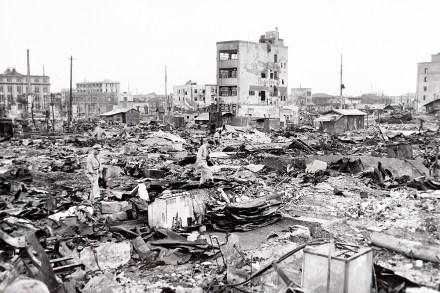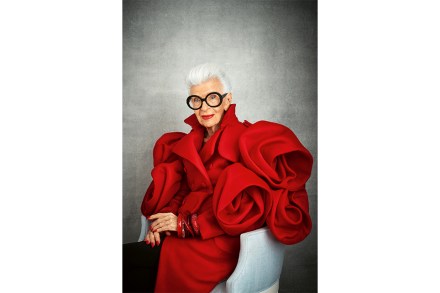Any form of saturation bombing is a stain on humanity
At 8.15 a.m. on 6 August 1945, a B-29 bomber called Enola Gay dropped ‘Little Boy’ over Hiroshima. The thermal radiation from the atom bomb was 900 times more searing than the sun. An estimated 118,661 civilians died, horribly. Survivors staggered about with their skin in shreds, their intestines hanging out and their blacked and bleeding faces grotesquely disfigured. Upon hearing the news, President Harry Truman called the bombing ‘the greatest thing in history’. Why the US unleashed the terrible bombs over Hiroshima, and three days later over Nagasaki, has been much debated ever since. In his excellent short book on the subject, Richard Overy writes: The question asked is



